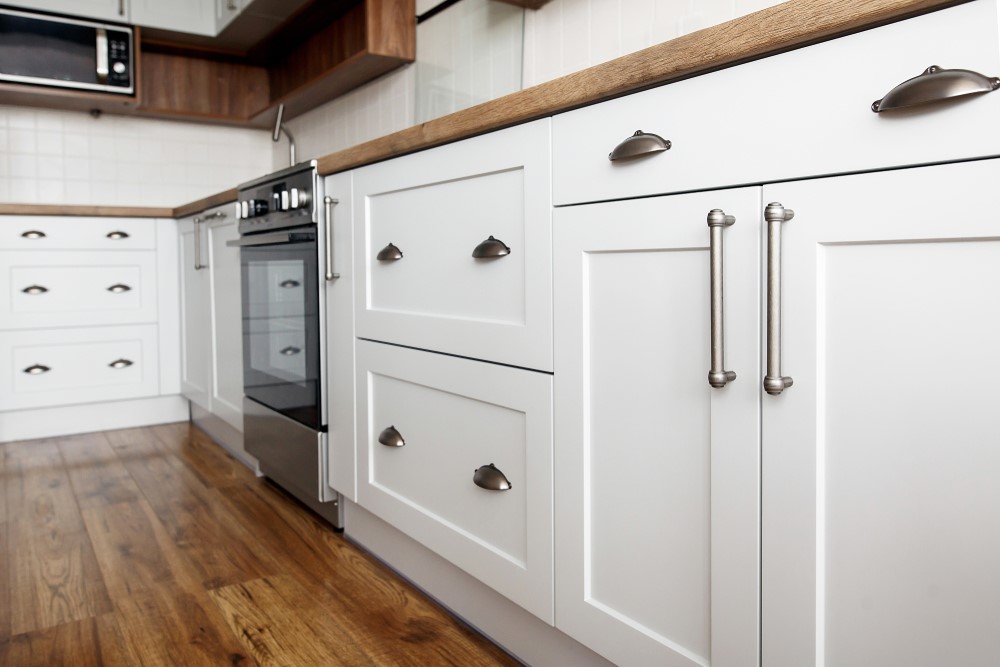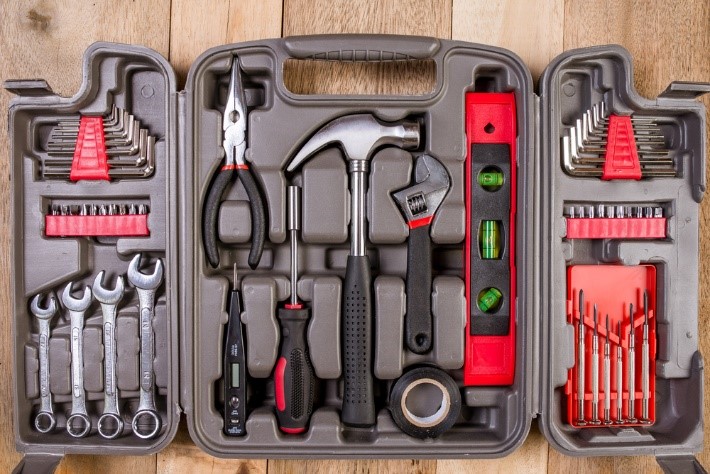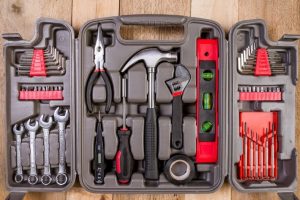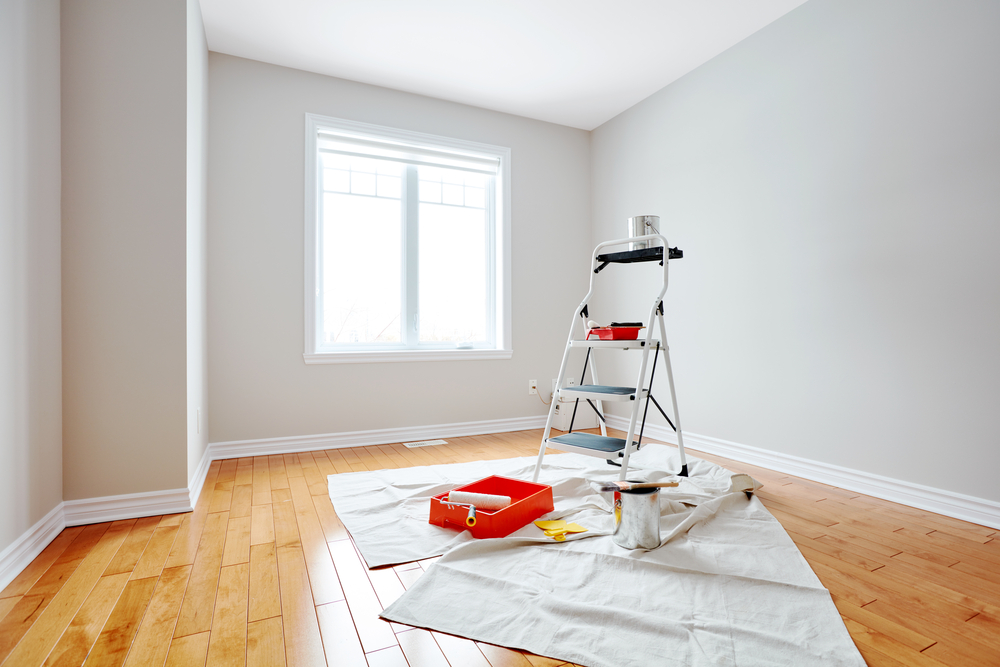If you have a loved one in your life that loves DIY projects, you may be wondering what to buy for them. We’ve compiled a list of seven great gift ideas for DIYers of every skill level.
-
Magnetic Pickup Tool
No matter what the task is, dropping metal pieces like nails and screws happens to everyone. And of course, these objects seem to find their way to the most inaccessible places in your shop. An extendable magnetic wand is a perfect tool for anyone who has had to crawl on the floor to retrieve a missing screw from under the workbench.
-
Digital Multimeter
No Electrical tool kit is complete without a multimeter. Today’s digital models are rugged, easy to use, even with gloves on, and sport extra-large displays. It’s also an excellent tool to help young or inexperienced DIYers learn more about electrical currents and how they work.
-
Storage Organizer
It doesn’t take long for a DIYer to gather a collection of nuts, bolts, washers, and screws left over from older projects. Keeping them safe and organized is always a challenge. Storage organizers come in a range of shapes and sizes, so there’s a perfect solution for every workspace.
-
Drill Attachments
Every drill comes with a basic set of drill bits. However, the average DIY enthusiast will quickly find that the included bits are made of cheap metal and break. Sometimes, they don’t come in the right sizes and types. An aftermarket attachment set offers a wide range of bits and attachments, including everything from screwdriver bits to hole saws.
-
Laser Level
Every DIYer probably has a level already. Upgrading to a laser level is a great way to help them up their game. They can use it to hang pictures, install shelving, lay floors, hang wallpaper, and more.
-
Work Gloves
A good pair of gloves is an essential tool for a DIYer. Whether they are working under the hood, on the roof, or in the garden, Look for gloves that offer extra protection for the thumb and index fingers. Machine washable gloves are a plus.
-
Gift Card
If you don’t know what to buy, a gift card, so your DIYer get what they want. Just choose a store or website where they enjoy shopping.
DIYers come in every kind. There’s almost no limit to the projects they might take on. With the right tools, you can help them stay busy!

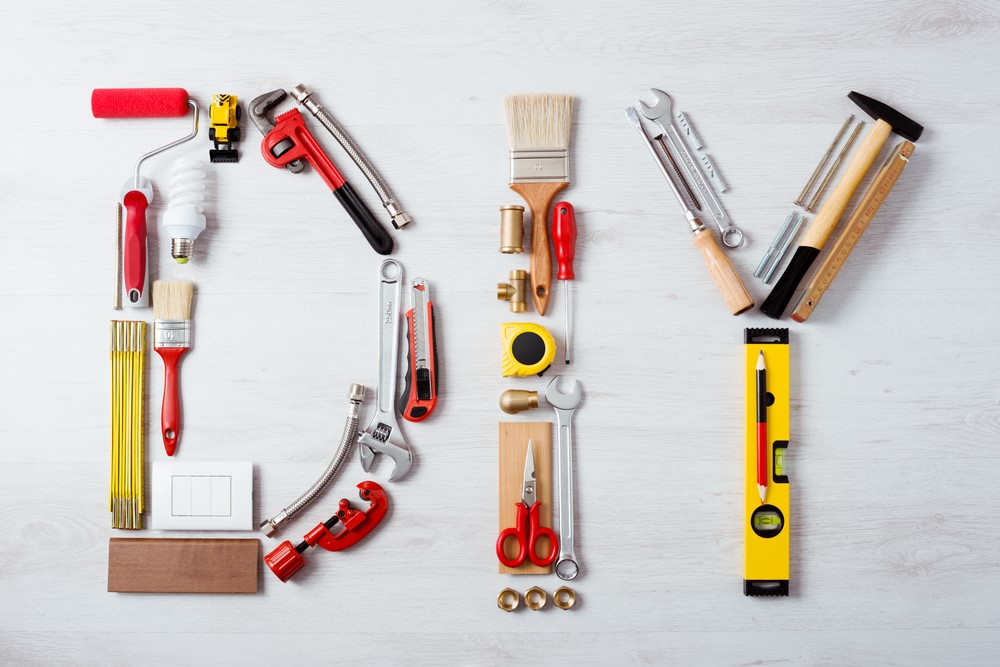

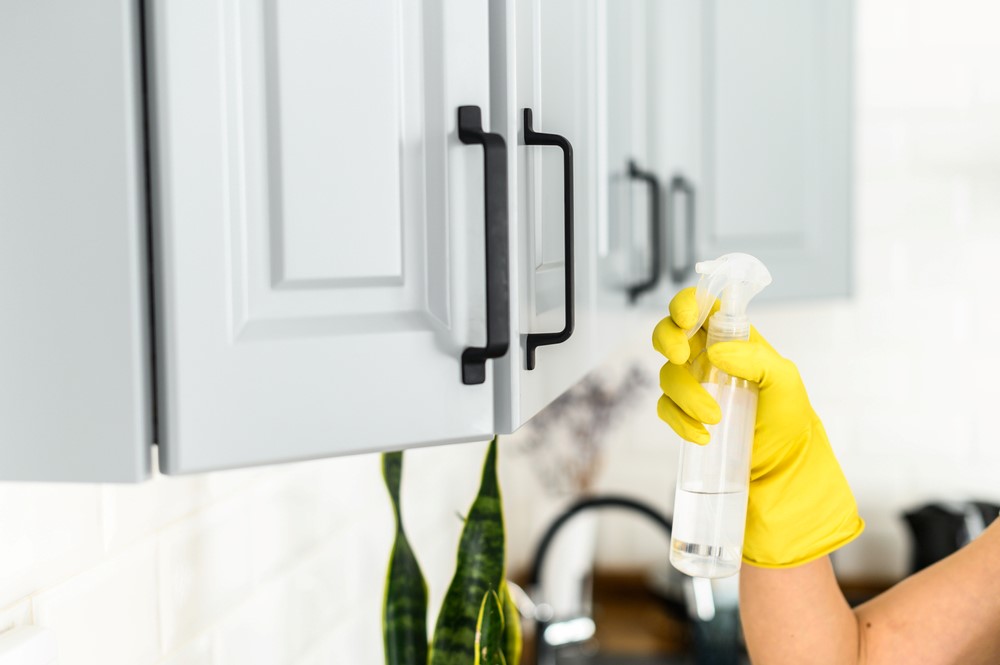

 se simple steps to improving your kitchen:
se simple steps to improving your kitchen: